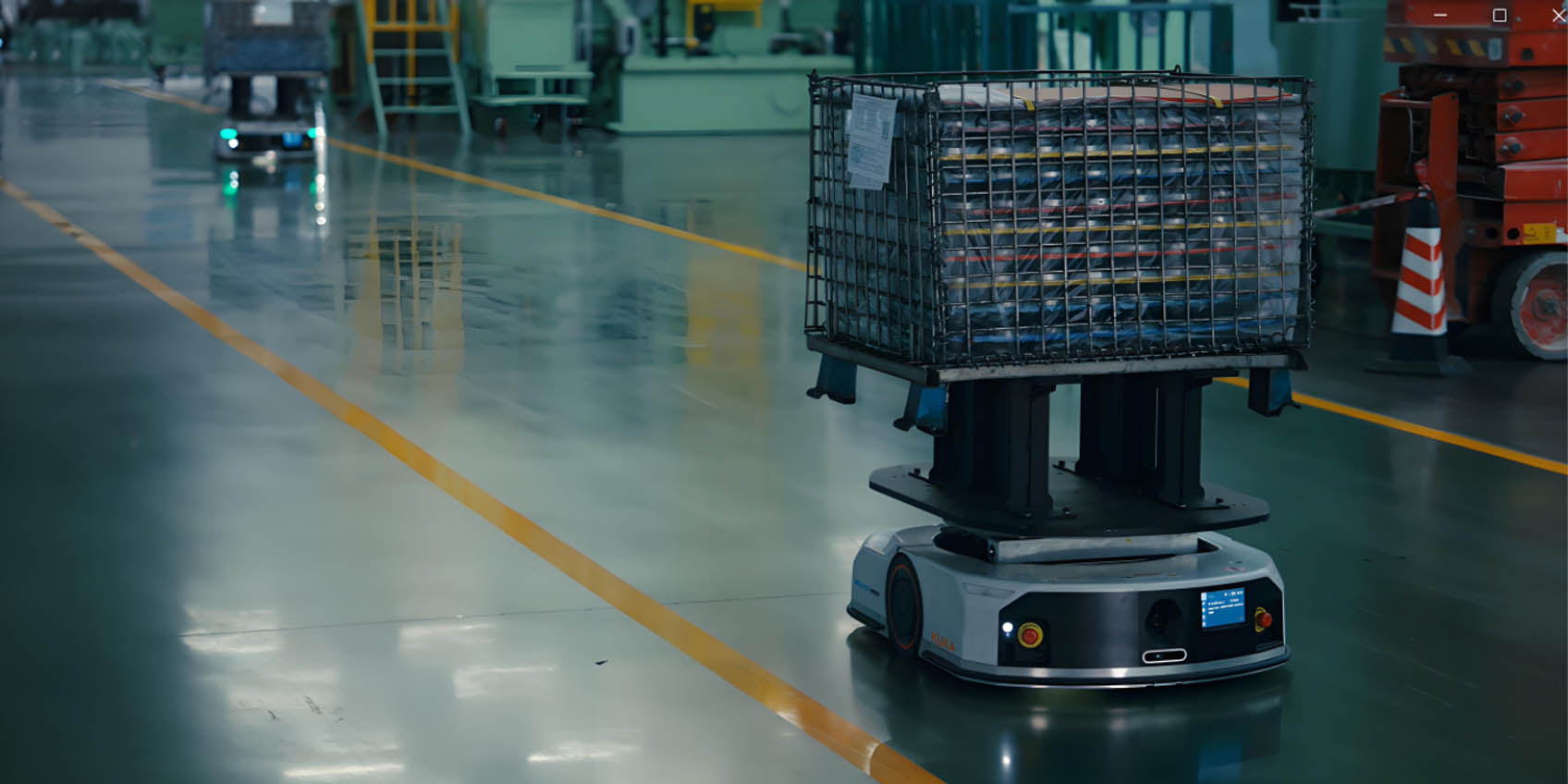Smart Pallet Identification: Powering Next-Gen Logistics & Warehousing

Smart Pallet Identification: Driving the Future of Automated Logistics and Warehouse Management
With the rapid evolution of artificial intelligence (AI), computer vision, Internet of Things (IoT), and advanced sensor technologies like Time-of-Flight (ToF), smart pallet identification is redefining efficiency and intelligence in logistics, warehouse operations, and supply chain optimization. By integrating cutting-edge technologies such as image recognition, RFID (Radio Frequency Identification), barcode scanning, and real-time data analytics, smart pallet systems enable unparalleled accuracy in pallet tracking, automation, and operational visibility across logistics ecosystems.
Traditional methods of pallet tracking, which often involve manual data entry and scanning, are no longer sufficient in today’s fast-paced, error-intolerant environment. In contrast, smart pallet identification technology automates tracking, reduces human error, enhances inventory visibility, and helps logistics and manufacturing enterprises move toward digital transformation with greater confidence and speed.
What Is Smart Pallet Identification?
Smart pallet identification refers to the use of intelligent systems combining image processing, RFID readers, 1D/2D barcode scanners, and embedded sensors to track, authenticate, and manage pallets in real time. These pallets carry essential goods across production lines, warehouses, and transport fleets. When embedded with RFID tags or marked with QR/barcodes, each pallet becomes a data node, automatically communicating its location, status, and movement history.
Compared with traditional methods, smart systems offer:
-
Real-time data synchronization between physical goods and digital systems
-
Automated inventory updates that eliminate manual intervention
-
Accurate, high-speed scanning even in dynamic or high-throughput environments
Key Benefits: Revolutionizing Warehouse and Supply Chain Operations
Intelligent Warehouse Management with Automated Precision
Smart pallet identification enhances warehouse workflows by offering precise visibility and instant data on each pallet’s status, quantity, and location.
-
Real-Time Inventory Accuracy: Instantly updates stock information across systems, reducing human error and shrinkage.
-
Optimized Space Utilization: Helps allocate storage dynamically based on live pallet positions and movement data.
-
Faster Order Fulfillment: Streamlines pick-and-pack operations through integration with warehouse management systems (WMS).
Transforming Transportation and Logistics Transparency
Throughout the logistics journey, real-time tracking powered by RFID and ToF sensors ensures full cargo traceability and optimized routing.
-
Live Shipment Monitoring: Tracks pallet movement during transit to prevent loss, delay, or theft.
-
Route Optimization: Enhances fleet management by integrating tracking data with AI route planning tools, improving fuel efficiency and delivery performance.
-
Condition Monitoring: Environmental sensors track temperature, humidity, or shocks during transport for sensitive goods.
Smart Factories and Automated Production Integration
Smart pallet recognition plays a pivotal role in Industry 4.0 environments, connecting pallets with intelligent robots, conveyors, and automated systems.
-
Robot-Guided Sorting: Vision-guided robots use image recognition and barcode/RFID scanning to classify and route pallets without human intervention.
-
Automated Production Line Feeding: Pallets are automatically recognized and directed to corresponding production cells, reducing downtime and improving throughput.
-
Seamless MES/WMS Integration: Enhances collaboration between manufacturing execution systems and warehouse software.
Supply Chain Optimization: From Data Sharing to Forecasting
Transparent, Data-Driven Logistics Networks
Smart pallet systems promote interconnectivity across the supply chain, supporting real-time collaboration and analytics.
-
Cloud-Based Data Sharing: Ensures all stakeholders — from suppliers to retailers — access synchronized, up-to-date pallet data.
-
Improved Responsiveness: Reduces reaction time to disruptions by providing actionable insights from movement patterns and system alerts.
-
End-to-End Visibility: Creates a digital twin of the physical supply chain, allowing businesses to simulate and optimize operations.
Smarter Inventory Control and Forecasting
By leveraging historical movement data and real-time pallet tracking, businesses can better match supply with demand.
-
Demand Prediction: Uses AI algorithms to forecast consumption patterns and adjust procurement accordingly.
-
Stock Level Optimization: Prevents both overstock and out-of-stock scenarios by enabling just-in-time inventory replenishment.
-
Cost Reduction: Reduces warehousing costs and product obsolescence through smarter inventory turnover.
Industrial Automation and Robotics Applications
In the realm of smart manufacturing and industrial automation, pallet identification is a core enabler of autonomous operations.
-
Robotic Pallet Handling: Autonomous mobile robots (AMRs) and automated guided vehicles (AGVs) equipped with pallet detection can pick, place, and relocate pallets efficiently.
-
Hands-Free Unloading/Loading: Reduces manual labor, improves ergonomics, and speeds up logistics cycles.
-
Edge AI & ToF Integration: Vision systems with edge computing and ToF sensors ensure high-speed, accurate 3D object recognition even under low light or complex environments.
Conclusion: The Road Ahead for Intelligent Pallet Tracking
Smart pallet identification is no longer a futuristic concept — it is a strategic necessity for companies seeking operational agility, efficiency, and data-driven intelligence. As AI, ToF sensors, RFID, and image recognition technologies continue to advance, the role of smart pallets in shaping automated logistics and supply chain ecosystems will only grow more critical.
From intelligent warehouses to fully automated factories, pallet tracking systems are key to unlocking the next level of digital transformation. With precision tracking, real-time visibility, and seamless data integration, companies can reduce costs, improve accuracy, and scale operations efficiently in a highly competitive global landscape.
SLAMTEC RPLIDAR S3 40M LiDAR Sensor for Robot Navigation & Avoidance
After-sales Support:
Our professional technical team specializing in 3D camera ranging is ready to assist you at any time. Whether you encounter any issues with your TOF camera after purchase or need clarification on TOF technology, feel free to contact us anytime. We are committed to providing high-quality technical after-sales service and user experience, ensuring your peace of mind in both shopping and using our products.








